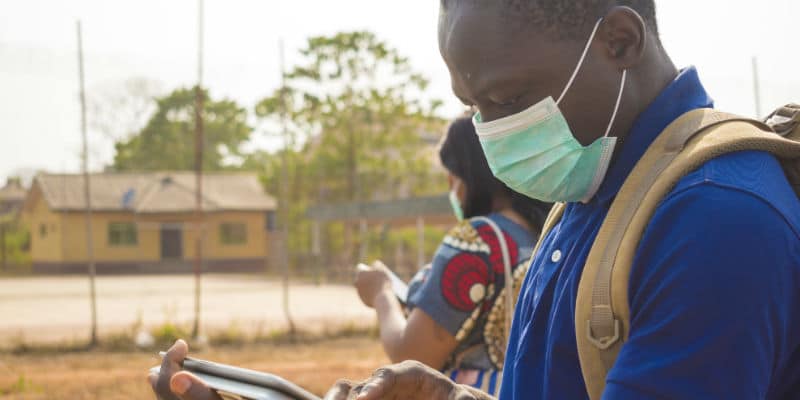To say that COVID-19 is affecting everything, not just healthcare, is no hyperbole. So far, it’s responsible for more than 395,000 cases and more than 17,000 deaths, and those numbers keep increasing. Across the globe schools are shutting down. It’s affecting the airline industry as governments in both rich and poor countries implement travel restrictions. It’s also affecting the events planning, restaurant, hospitality, sports, and retail industries—and the list goes on. The virus has wiped out close to $20 trillion in stock market value globally, and there seems to be no end in sight of the havoc it will wreak.
To our knowledge, most of the impact has been felt by those in wealthy countries, but we must recognize that lack of available testing, particularly in poorer countries, leaves us with blind spots. To that end, in a forward-thinking move, World Bank president David Malpass announced an emergency $12 billion COVID-19 response package designed to help strengthen already overburdened healthcare systems in low- and middle-income countries. It’s an important step—even if the virus fails to gain momentum, poor countries are likely to feel the economic effects as global trade has stalled. But for the funds to have lasting impact, they’ll need to go beyond just strengthening healthcare systems. Here’s why.
Insights from Modularity Theory: Why piecemeal solutions won’t work
Modularity Theory is a framework for understanding how to piece together different elements of a system in order to achieve different goals. A system can be modular when there are no unpredictable interfaces between the elements in it. In other words, different elements of the system fit and work together in crisp and well-understood ways. In such systems, the connecting interfaces between elements are specifiable, verifiable, and predictable, enabling different elements to plug-and-play. Consider the following example.

Without fail, the influenza virus ravages the United States every year, but not only are the effects of the flu well known, the healthcare system and the economy as a whole are designed to respond to it. Every year doctors and scientists meet at an influenza conference to discuss new strains and vaccine research. In addition, the Center for Disease Control and the National Foundation for Infectious Diseases hosts an annual press conference to kick off the flu season. Hospitals and clinics stock up on vaccines, pharmacies sell medication, and there’s even a toolkit and checklist to help businesses prepare. As a result, schools don’t shut down, businesses don’t close, governments don’t impose travel restrictions, and markets don’t panic.
The “interface” between the flu and the US economy is well understood, and experts can predict how each successive flu season will affect different elements of the US economy. We say the system that helps us manage the flu is modular because of the inherent predictability built into it, even when there’s a new strain of influenza. It’s as if we have mastered the flu.
COVID-19, however, is different. Because the virus isn’t well known, we don’t yet have a clear sense of how it will affect the different elements of our economic system, including healthcare, education, businesses, government, and so on. As such, a modular system to combat the disease—where clear and predictable interfaces exist between elements—won’t work. This means that the solution to COVID-19 can’t simply be to strengthen healthcare systems in low- and middle-income countries. For a disease with this much unpredictability, an interdependent solution is required. In an interdependent system, when one element changes, or is introduced into the system, it affects everything else. Here’s an example of what an interdependent solution might resemble.
Recognizing that governments’ already insufficient budgets in low- and middle-income countries are bound to become even more stressed as they begin to enforce travel restrictions, the Bank might use some of its funds to help governments shore up their budgets and continue to pay government employees, often the largest employers in poor countries. As schools shut down, the World Bank funds could accelerate the adoption of digital technology to enable students to learn during this time. It might create an emergency fund to help reboot the economy, since closed businesses are sure to affect these already struggling economies. Finally, in the event these governments have to impose a “shelter in place” order, the Bank could consider allocating funds to pay law enforcement officials who are likely to work overtime to enforce the order.
If we’ve learned anything about COVID-19 in the short time it has been around, it’s this: the virus isn’t a problem that can be solved solely by strengthening the healthcare system. For the World Bank to tackle the virus effectively in poor countries, it must develop an interdependent solution that takes many other elements of the economy into consideration.



